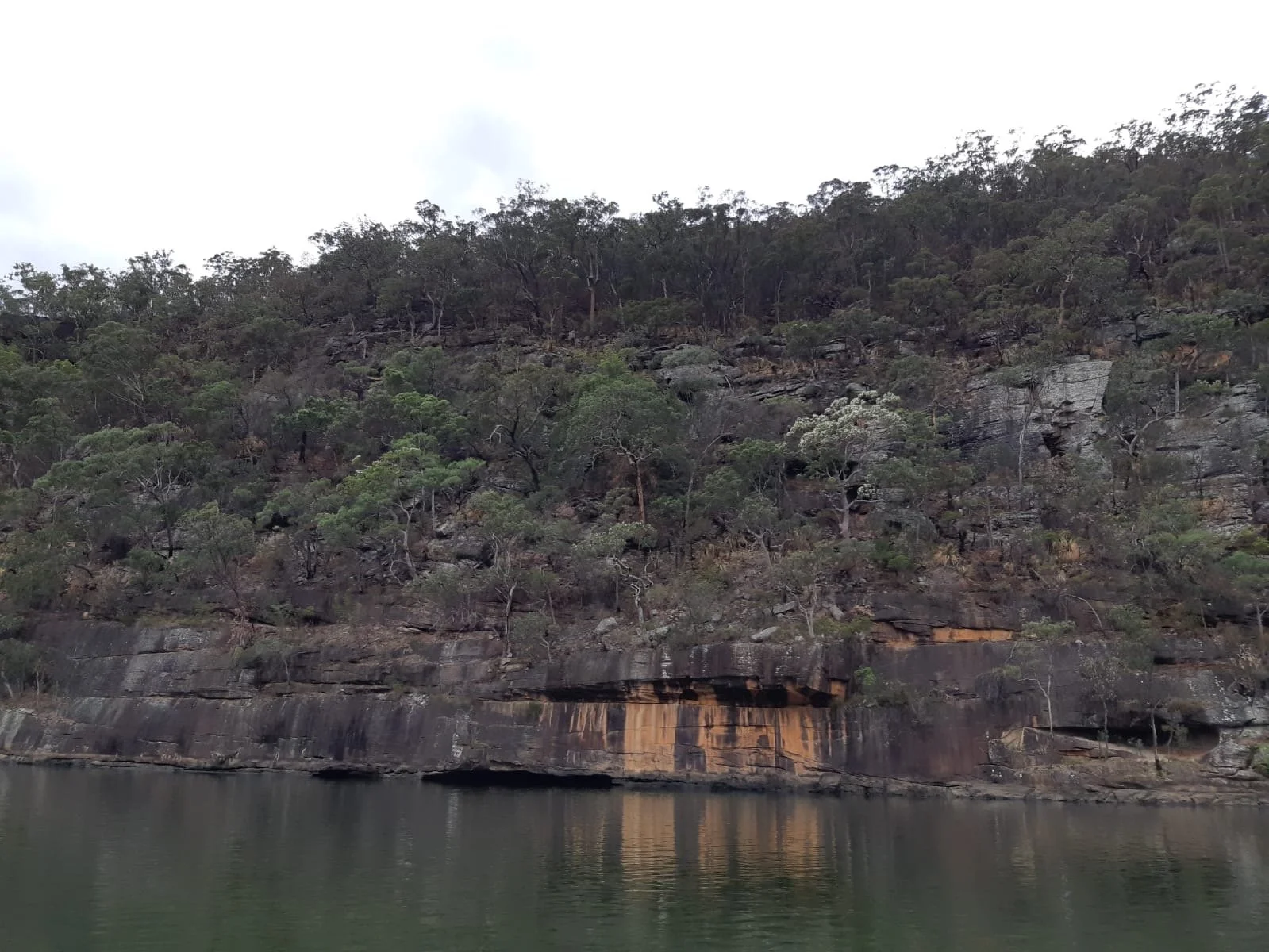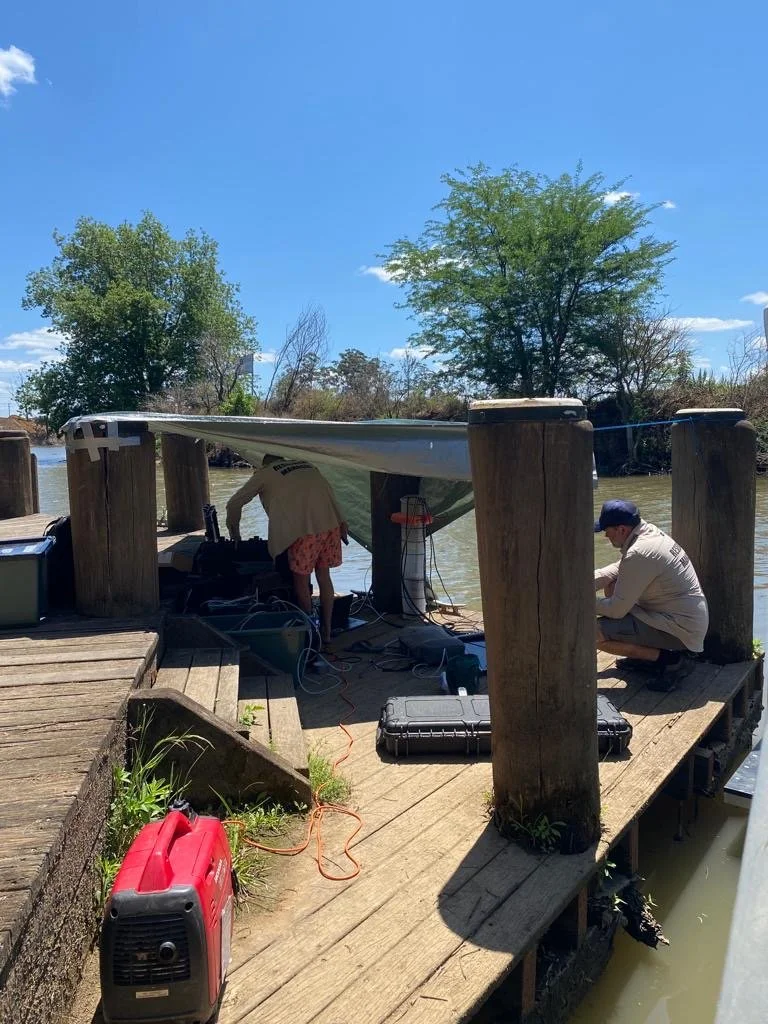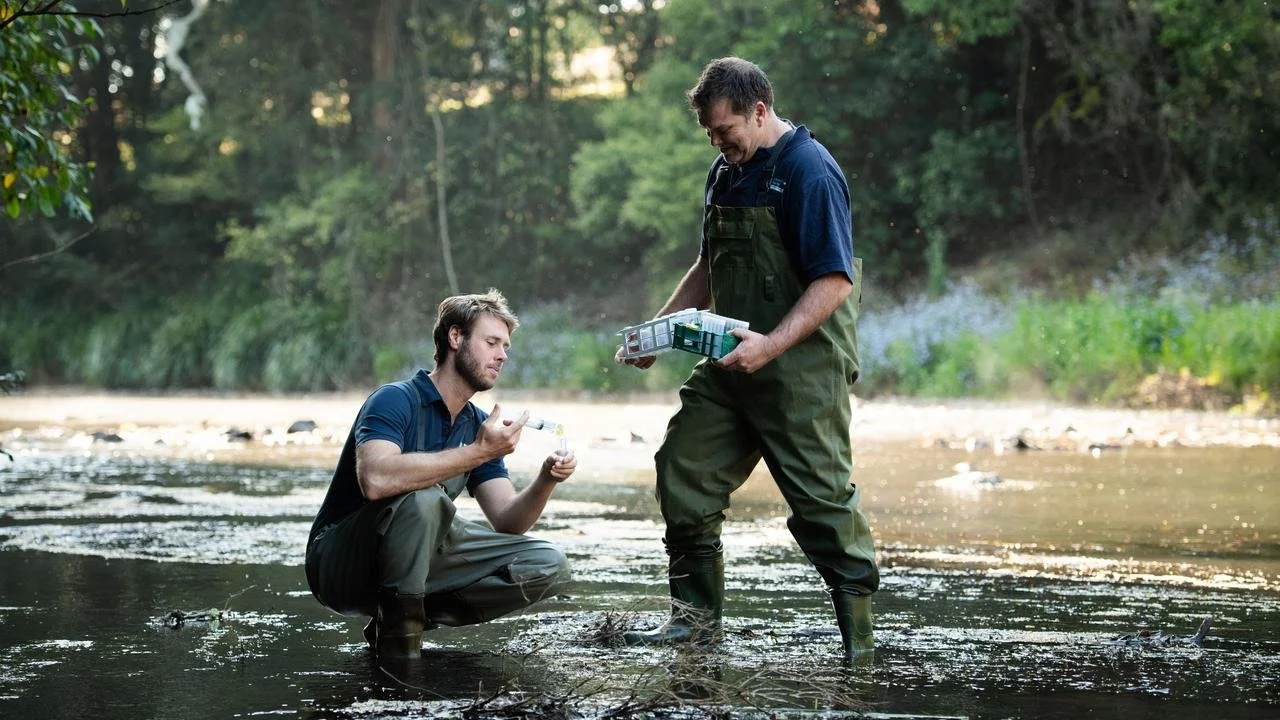
Hawkesbury River Flood Recovery Project
Understanding Aquatic Disturbance and Species Balance in the Hawkesbury River Flood Recovery Project
My participation in the Southern Cross University Hawkesbury River Flood Ecology Project offered firsthand insight into how extreme flood events disrupt estuarine and riverine systems. This region—part of a vital ecological corridor that connects terrestrial and marine environments—is home to a diverse range of vertebrate species, including bony fish, amphibians, macroinvertebrates, and estuarine-dependent birds and mammals. These organisms form the backbone of food webs that ultimately support the health of nearshore marine ecosystems.
The successive flood events in 2021 and 2022, intensified by La Niña conditions and linked to climate variability, caused profound aquatic disturbance. Freshwater influx led to salinity drops, hypoxic (low oxygen) conditions, and elevated turbidity, all of which significantly altered species composition and habitat quality. Sedimentation from runoff buried seagrass beds, changed substrate structure, and limited light penetration, impacting photosynthetic primary producers and disrupting trophic dynamics.

Our fieldwork involved assessing biodiversity indicators, such as vertebrate abundance, community composition, and water quality parameters like dissolved oxygen, nutrients, and pH. The data revealed localized extinctions of sensitive species, while more tolerant or opportunistic species proliferated, suggesting a shift in ecological balance. Some apex predators and migratory species were absent, indicating possible food web collapse in specific zones.
These imbalances are critical: without functional predator-prey dynamics, ecosystem services like nutrient cycling, water purification, and fisheries productivity degrade. The resilience of estuarine systems hinges on restoring and maintaining species diversity and functional redundancy—ensuring multiple species can fulfill similar ecological roles if others decline.
The research outcomes of this project have real-world application. Findings are being used to inform:
Rehabilitation strategies for degraded estuarine zones ,
Policy recommendations for future flood mitigation and land-use planning,
And long-term monitoring frameworks to evaluate ecological recovery post-disturbance.
For me, working alongside SCU scientists and contributing to this research strengthened my understanding of aquatic resilience, ecosystem dynamics, and the urgent need for adaptive management in the face of climate change. It affirmed the importance of scientifically grounded restoration and opened exciting possibilities for my future postgraduate research in estuarine and marine ecosystem management.




